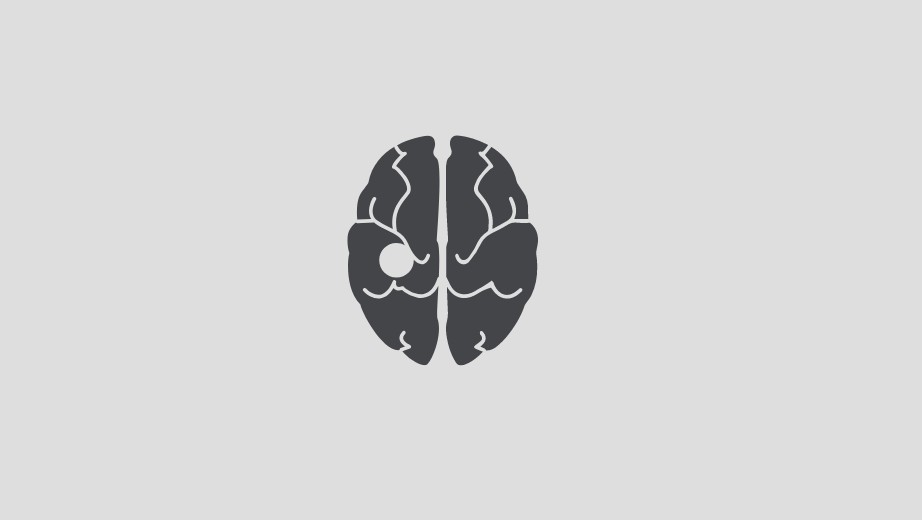The Brainlab digital patient model links the analog and the digital world,
enabling better medical decision-making for the benefit of the patient
In digital medicine, surgery remains the most analog discipline. As a result, it comes with the challenge of making the data from surgical procedures digitally processable. For this reason, Brainlab develops technologies that connect the digital and the physical worlds through a digital patient model. Our approach is to improve this patient model in the digital space and thus improve treatments in the analog world.
Dynamic patient model is informed by
a wide variety of data sources
Brainlab is a leader in developing accurate digital patient models, having created ours over decades by connecting different sources of data – computed tomography, angiography, magnetic resonance imaging – to today and beyond. Creating this dynamic model is our current challenge as it’s crucial for linking the digital and physical world – any change in either world requires new mapping.
With this dynamic model, Brainlab is an absolute pioneer. The model adapts precisely to anatomical changes, taking biomechanical properties and physical factors into account. In the future, patient models will be further refined with statistical data and especially with ultrasound data and surface information from microscopy.
Intelligent navigation supports clinicians with surgical decision-making
Navigation is fundamental to surgery, and Brainlab enhances it with various tracking technologies to create a connection between the digital and physical worlds. Our approach is to make this connection more precise and intelligent, which means constantly providing doctors with the exact and most relevant data to make their surgical decisions. This data is the basis for providing all future patients with better treatments.
In the future, with the help of artificial intelligence, Brainlab will be able to establish a connection between video data and the digital patient model. Through video, the software will automatically recognize what doctors are doing or planning from the context of the treatment and, therefore, the need to directly input information into or interact with the surgical navigation system will drastically decrease.
Objective: Wider usability and sustainability through software and open systems
Our goal is to create an intelligent patient model that adapts to changing circumstances in almost real-time. For the benefit of patients and doctors worldwide, we want to spread this technology through virtualization.
The essential principles of our work at Brainlab are open interfaces and interoperability. We firmly believe that the entire healthcare industry benefits when software has open interfaces. This is the only way to take full advantage of the scalability and diverse possibilities software has to offer. In terms of sustainability, open systems are more cost-effective, which is particularly relevant for a market in which high costs prevail.
Brainlab began its work in neurosurgery more than 30 years ago, and we are currently planning to further expand into more specialties to make our patient model even more dynamic. In the meantime, neurosurgery, spinal surgery and certain areas of orthopedics and ENT surgery form the core of our surgical product range.





